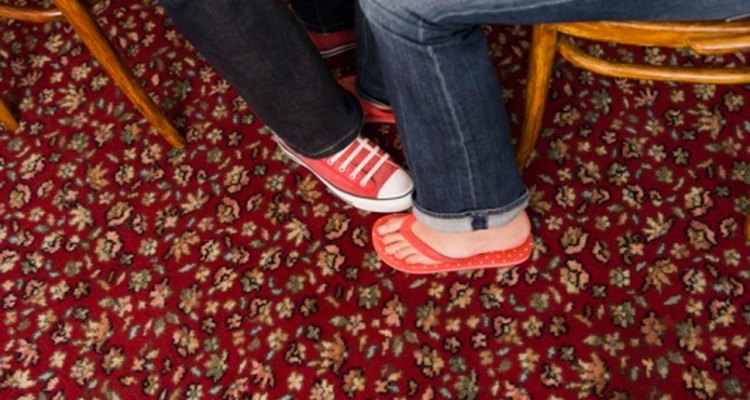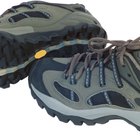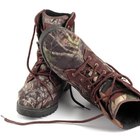
Nike has long been known as the leader of the athletic footwear industry. The company produces shoes intended for a myriad of sports and physical activity. In addition, the company has made a name for itself in urban culture and footwear has truly become a form of expression. Many people have sneaker ideas that they would like to submit to Nike, but because of the company’s popularity, there are strict rules and guidelines for the submission of ideas.
Draw up the design for your shoe. You may submit a drawing rather than a prototype for the shoe. Both are acceptable, however a drawing of the design with explanation is far cheaper than having a prototype built. If the design is accepted, the company that buys the shoe design will handle the prototype process.
Request a patent search for your idea and design. The patent office offers a comprehensive search that will establish whether or not a patent exists that is similar or the same as your design. If no patent exists, you can proceed.
File a patent application. The application must include all the necessary forms for a design patent and must also include a complete drawing, or series of photographs of the design. The application can be filed electronically with the patent office via their website.
Wait for the patent office to approve your claim. This process can take several months. If you have filed electronically, you may check the status of the application at any time online.
Once the patent is approved contact Nike via their contact form. A representative will get back to you regarding the guidelines for submission.
Follow the guideline instructions and submit your design to the applicable mailing address. This address will be given to you within the Guidelines for Submission Packet. The guidelines for submission are strict and must be followed completely for Nike to consider your design.
If Nike is interested in using your design you will be contacted by a Nike representative to discuss the design, the patent and the legalities of selling the design.
Related Articles

How to Legally Change a Name in Georgia

How to Return Nike Shoes

How to Design a Family Tree for Free

How to Get a Flag Flown Over the US ...

How to Get Ecco Shoes Resoled

How to Homestead in Montana

How to Find Someone in the U.S. Army

Grants for Church Vans

How to Have a Shoe Prototype Made

How to Tell if Converse All-Stars Are ...

How to Find My Fathers Military Record

How to Paint on Leather Boots

How to Prepare a Church Charter

How to Start an Adult Day Care Center ...

How to Cancel My Wealthy Affiliate ...

How to Set Up a High School Reunion ...
What Does the TSA Look for in a ...

How to Write a Letter of Intent to ...

How to Find Wholesale Authentic Handbags

How to Get the Birth Certificates of ...
References
Writer Bio
Andie Francese has been working as a freelance blogger and content creator since 2006. She has created content for Moviefone, Blogging Stocks and several other high traffic online entities, focusing on entertainment and technology. Francese graduated from Mercy College in 2006 with a Bachelor of Science in psychology and journalism.
Photo Credits
Jupiterimages/Polka Dot/Getty Images